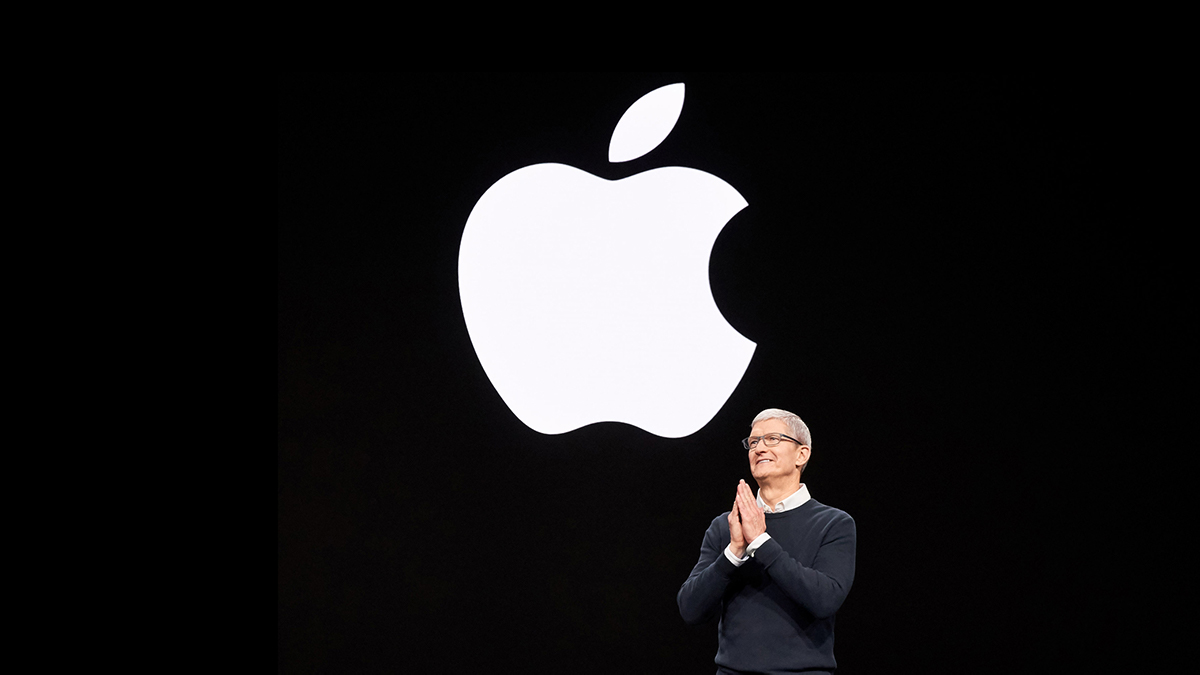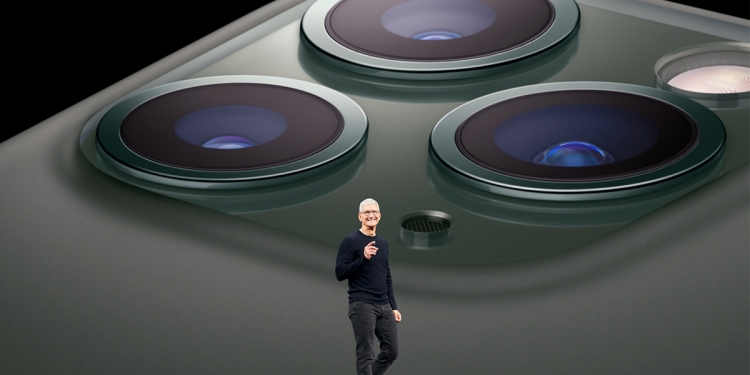Apple has just announced their financial results for the first quarter of the fiscal 2020 year (ended December 28, 2019), and the quarterly revenue of US$91.8 billion (about RM375 billion) is the company’s highest quarterly revenue ever. That’s an increase of almost 10% from a year ago, while quarterly earnings per diluted share (US$4.99, about RM20.36) also make for an all-time record.
This comes despite an expected drop in revenue of somewhere in between US$85.5 billion and US$89.5 billion for the quarter—and a large part of the credit goes to the success of the latest range of iPhones: the iPhone 11, iPhone 11 Pro, and the iPhone 11 Pro Max.
Apple CEO Tim Cook also attributed the record revenue to the holiday quarter, with all-time records for Services and Wearables also set. This includes the AirPods, while the new AirPods Pro have undoubtedly been a great Christmas present for many.

According to Cook:
“We are thrilled to report Apple’s highest quarterly revenue ever, fueled by strong demand for our iPhone 11 and iPhone 11 Pro models, and all-time records for Services and Wearables. During the holiday quarter our active installed base of devices grew in each of our geographic segments and has now reached over 1.5 billion. We see this as a powerful testament to the satisfaction, engagement and loyalty of our customers—and a great driver of our growth across the board.”

Based on the statement of operations released by Apple, net sales have also increased in 4 of the 5 regions reported—with the exception of Japan. Meanwhile, Mac computers don’t seem to be doing too well, relative to a similar point a year ago. That said, net sales of iPhones has grown by about US$4 billion, while iPads, Services, and Wearables, Home and Accessories have all increased as well.
This year, a new entry-level, 7th generation iPad with Smart Keyboard support has also been part of Apple’s offering, with iPadOS also released alongside the iPad. We’ve also see the new 16″ MacBook Pro and the Mac Pro released, although this hasn’t really helped with the Net Sales of MacBooks this year. Basically, it appears that Apple is continuing to diversify its range of products, with Apple devices appearing to be more and more accessible at different price points.
Reuters also reports that the demand for “add-ons” had a big part to play, despite concerns over the coronavirus outbreak in china—a major manufacturing hub for Apple. In fact, Cook even admitted that the demand for the AirPods and the Apple Watch Series 3, currently the cheapest Apple Watch officially available, was too much to handle for Apple, although they are working “very hard” to fulfil the overwhelming demand.

What’s next?
In short, Apple’s share price has reportedly more than doubled despite the CEO forecasting dark clouds last year, while the Cupertino-based company is forecasting US$63 billion to US$67 billion in revenue for the next quarter, with its faith being put in phones and devices such as AirPods during a traditionally slow time of the year.
We’re also looking at the continued push of the Apple’s services, which include Apple TV Plus, and even Apple Pay (although that isn’t available in Malaysia just yet). Services revenue was stated at US$12.7 billion, slightly below analyst estimates of US$13 billion.
But the next year is set to be a crucial—not just for Apple, but for all major players in the smartphone and mobile market. With the expected availability of 5G in many markets, including Malaysia, the success of the next generation of smartphones could certainly be correlated with 5G support.
For their part, Apple is also looking into releasing a successor to the popular iPhone SE, which could look like the iPhone 8 but be powered by the same processor as the iPhone 11. We’re also about to see the latest iPad Pros announced in the next few months or so, so things do look pretty rosy for Apple… for now.
[ VIA ]








